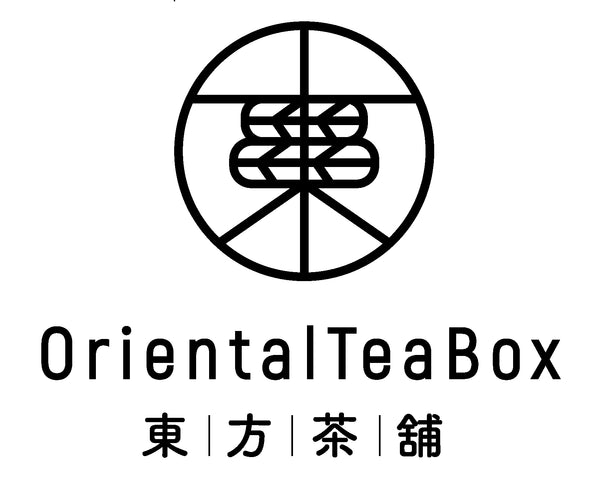Shoji Hamada (濱田庄司), Japanese, 1894-1978
Unit price per
only 0 left in stock
A first kiln firing Yunomi with Millet Flower Motif (初窯湯呑・黍花文)
Taisho Era (1912-1926) or Showa Era (1926-1989)
About the work
This yunomi (tea cup) by Shoji Hamada is a rare and auspicious work from the hatsugama—the first kiln firing of the year. In Japanese ceramic tradition, hatsugama specifically refers to the inaugural firing of a newly constructed kiln, or more broadly, the potter’s first firing of the year. Pieces from this firing are considered highly significant, as they embody the artist’s renewed creative energy and are believed to offer good fortune and ward off misfortune throughout the year.
The yunomi features a pale, stone-textured glaze that highlights Hamada’s earthy Mingei aesthetic. A sequence of birds—likely swallows in flight—is deftly brushed in iron oxide around the vessel, their movement dynamic yet gracefully restrained. This motif reflects Hamada’s masterful speed and intuition in decoration, rendered with fluidity and confidence.
Presented in its original tomobako (signed wooden box) clearly marked with "初窯" (hatsugama), this work holds special collector's value as both a functional tea vessel and a symbol of auspicious beginnings.
Dimensions
8.5cm(h) x 8.9cm(w)
Footnote
Shoji Hamada was a leading figure in the Mingei folk craft movement, which sought to preserve traditional craft techniques and elevate their status as high art. Born in 1894, Hamada studied under Itaya Hazan at the Tokyo Institute of Technology and learned kiln techniques at the Kyoto Ceramic Research Institute. He was a lifelong friend of Kanjiro Kawai and collaborated with Bernard Leach, with whom he worked in both Japan and England. Hamada's dedication to ceramics earned him the designation of Living National Treasure in 1955, and he received the Order of Culture in 1968, cementing his legacy as one of Japan's most revered ceramists.













